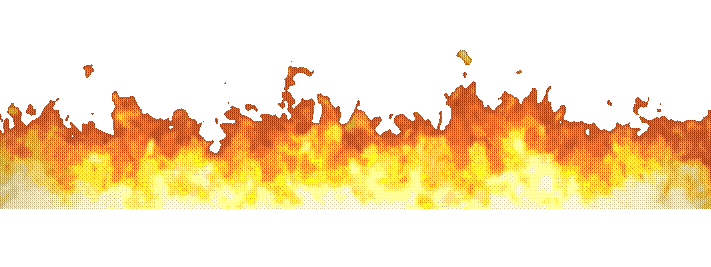
BLAZE Class Association
The home of HartleyBOATS Blaze and Fire sailors



Supporting
BCA Blaze Inland Championship
f
Capsizing
Don't go in to start with!
Any system or method that works for you is good!
My own one is to avoid going in the water in the first place. As the boat goes over the natural reaction is to grab onto the 'upper' wing (nice tubes are just right for handholds). The boom and mast end up on the surface - simply take a couple of swift steps along the boom forward still holding onto the wing and put a leg over the side in front of the wing, straight onto the board. The boom will not be depressed too quickly if you don't hang around.
Again using the tube as a hand hold lean back until the boat starts to come up and then step back over. If it does not want to come make sure the main is not cleated and especially let off the kicker so the boom can lift. If you are thrown into the water - which in reality will not happen very often if you grab on
-
if the boat is still on its side - the centreboard route is more difficult than getting on the hull via the mast base and stepping over quickly, again because of the availability of handholds.
-
If boat inverts completely - get onto hull and put weight on one of the deck/hull joins, this will bring mast to the surface. Simply step onto centreboard and when mast is about 45 degrees above surface step over again into cockpit. The RYA don't teach these methods of course but give it a try and make up your own mind.
Do practice the above method of walking along the boom and over a few times when conditions are benign to build confidence. Sounds like it should not work but it does ..... easy ..... give it a go and let us know what you think.
Mike Lyons
Capsize recovery
I can sympathise as another 50+ and "well ballasted" new Blaze sailor. I had real problems the first time I sailed the boat and fell out the back adjusting the rudder - very embarrassing. I didn't have the strength to haul myself up to the small and slippery board, got it in the end but decided to look for a solution. I attached a short line with a loop at the end to each forward tube. I have them tied back to the rear tube anchorages with a light line which keeps them out of the way under the tramps normally.
Now if I get chucked in or don't make it over the side in time I just have to undo the slip knot on my light line at the stern, and paddle round to the board where I can just reach the bigger line and use it as a righting line until she starts to come up. I find once the mast is up to 45 degrees she comes up easily and under control. It seems to work.
Des.
Righting
It is perfectly feasible to right a Blaze using the mainsheet. Although I don't do it whilst racing, I have demonstrated it in many different conditions whilst teaching.
In light airs the boat will come up the way up without having to climb on to the centreboard.
In heavy air the boat has a natural tendency to head up into the wind as it starts to come upright. The process is a lot slower and you will end up on the centreboard.
You can now uncleat the mainsheet if it has jammed. I should admit at this point that I never fit a mainsheet jammer to any of my boats, preferring the instant response of muscle power and a decent ratchet. Find yourself an open stretch of water and give it a go Iain. Like they say, don't knock it 'till you've tried it. You'll find it does work, honest.
On a different note I have now joined that ever increasing club for people with a broken alli boom. Damn thing gave out on me in a really exciting race at Chichester this Sunday. There are three Blazes competing there at the moment. Looks like I shall be getting a carbon fibre boom for my birthday...
Steve Duncan
Lines
I have fitted short knotted righting lines to the forward tubes which makes capsize recovery much easier. The slack is taken forward by elastic attached to the shroud fixings. Maybe there is a better setup - I've only tried it one way and it worked so I kept it. Being fairly light I can hoist myself onto the board ok but the lines do make it easier. More significantly, once on the board I need the extra lines to lean back enough to right the boat - without them I'm faced with a choice of moving further down the board (risk of board damage) or leaning back in the 'pike' position and bouncing (risk of back damage). No doubt the righting lines would also come in handy if any of my septegenarian friends are unlucky enough to capsize!
Angus
